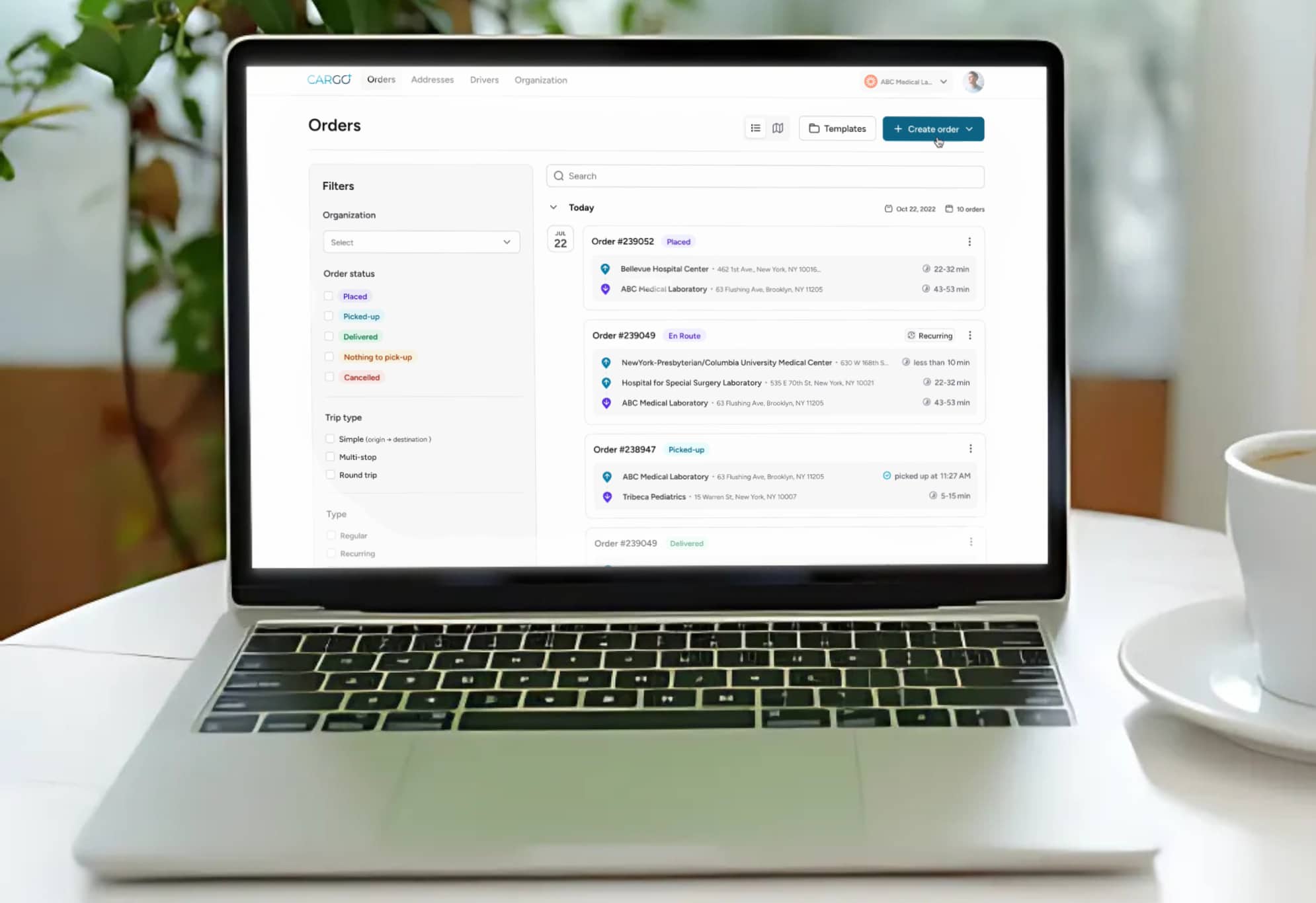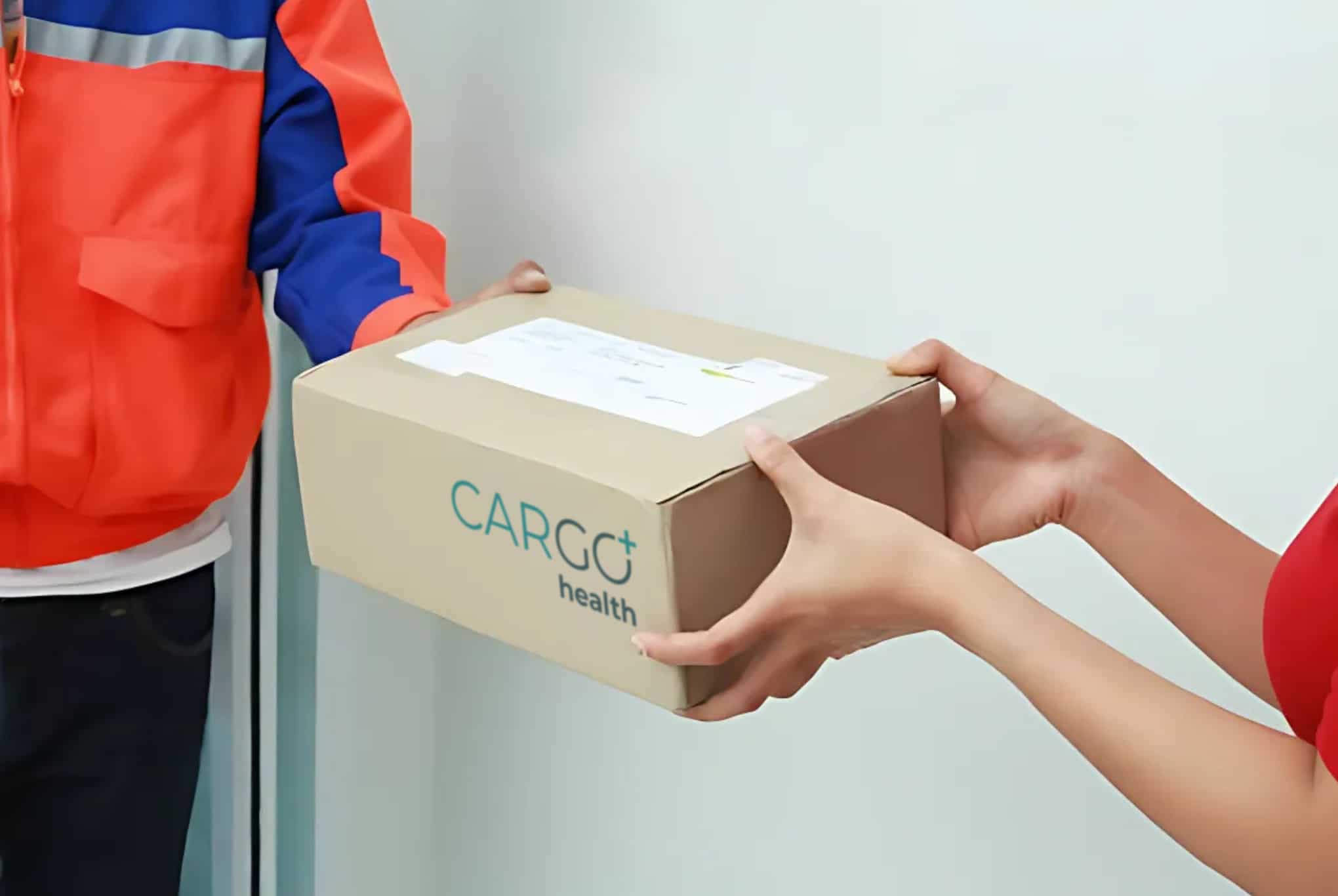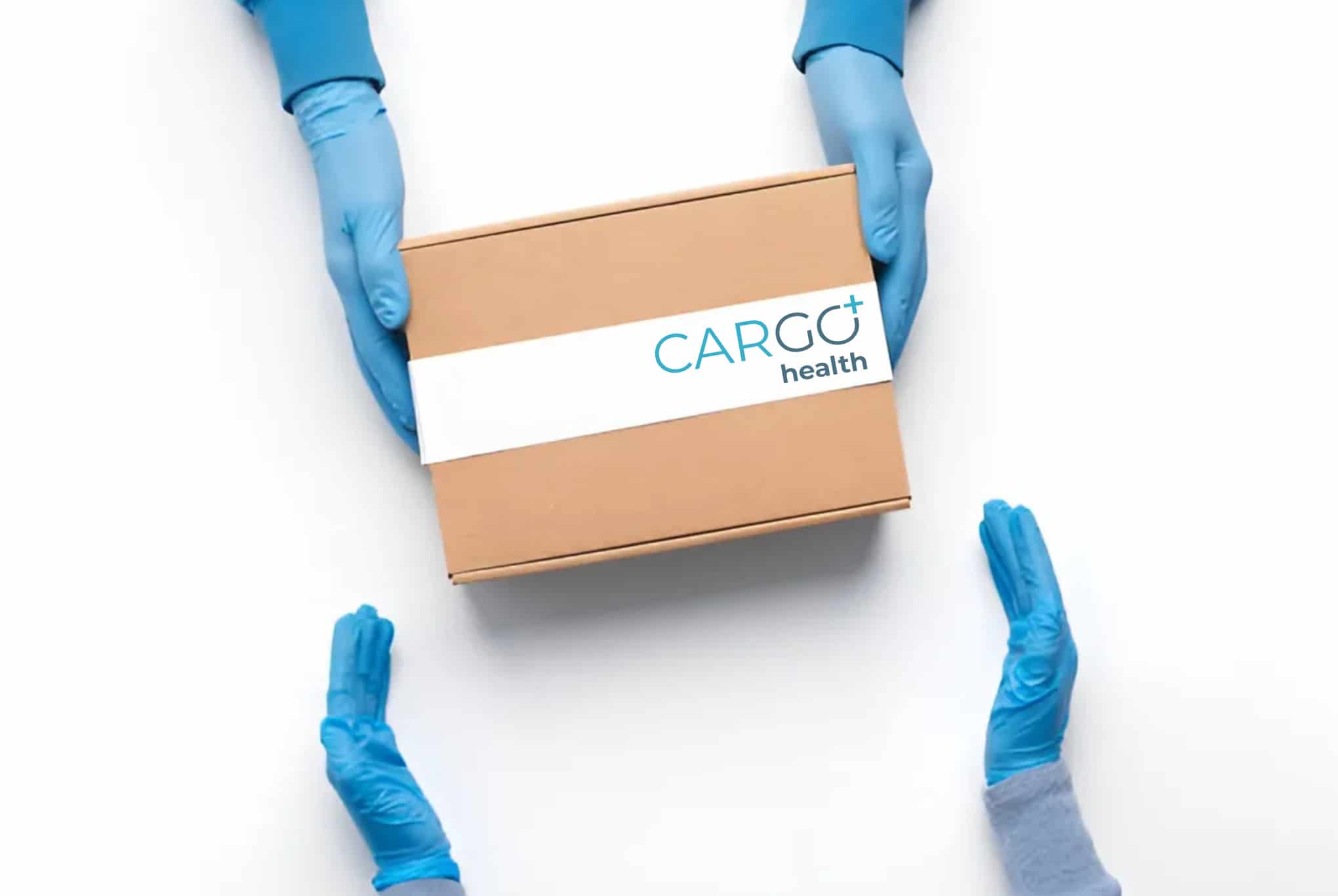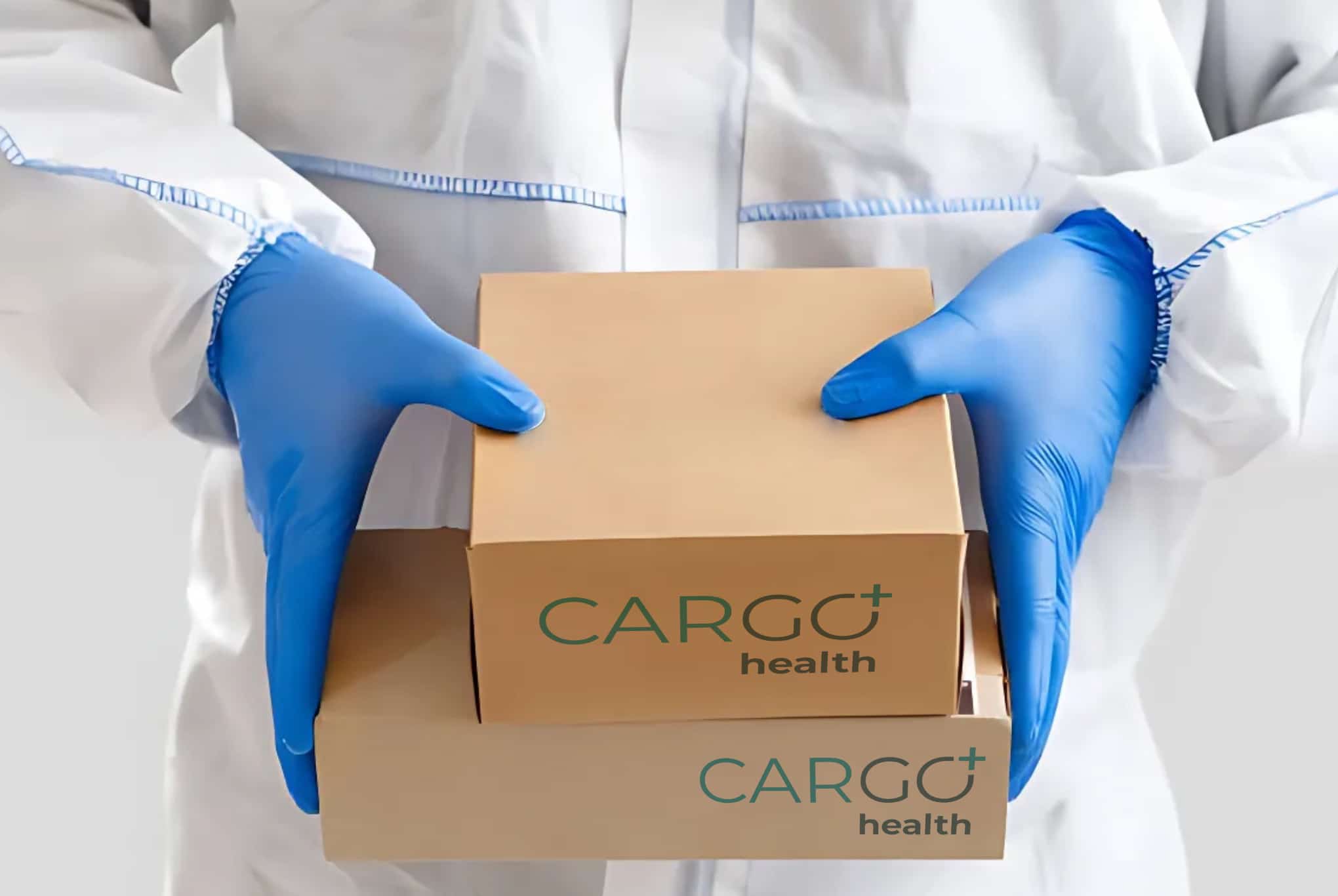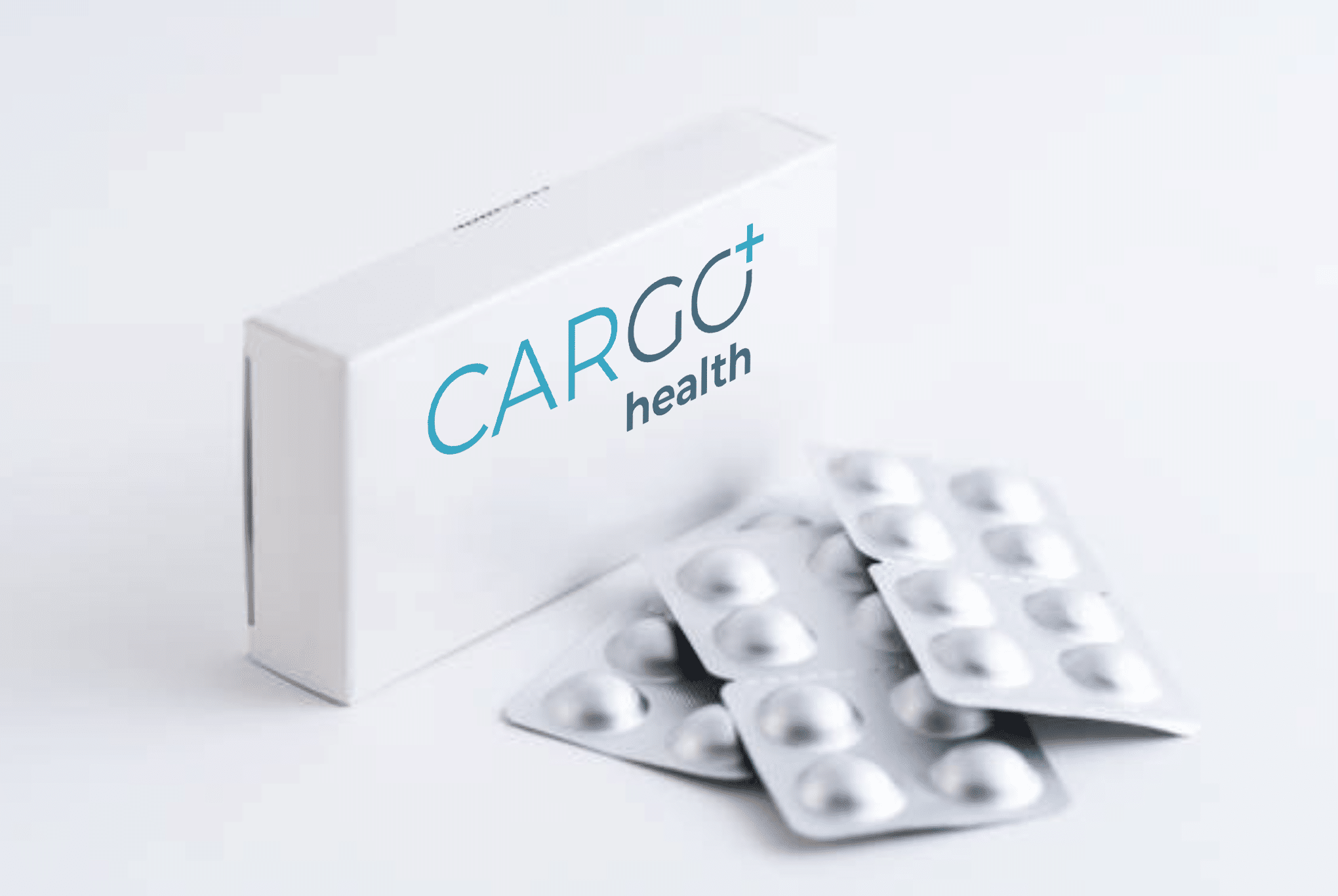How Real-Time Tracking Enhances Medical Delivery Transparency
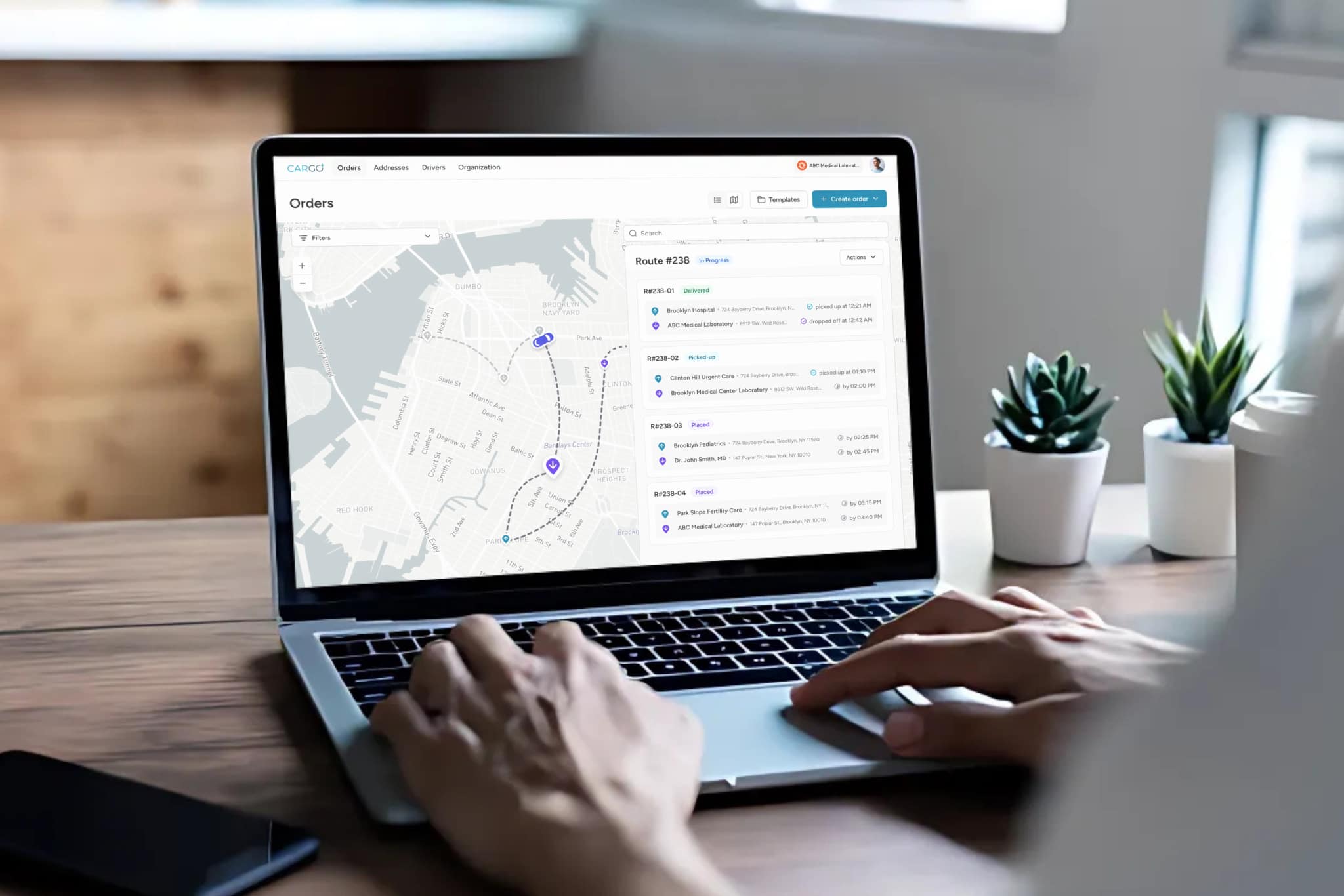
In modern healthcare logistics, the delivery of time-sensitive materials—ranging from diagnostic specimens and prescription drugs to critical medical equipment—demands a level of visibility that goes beyond basic dispatch notifications. Real-time tracking has become a cornerstone of medical courier operations, providing healthcare stakeholders with precise, continuous updates throughout the delivery lifecycle.
This level of visibility not only improves operational efficiency but also ensures regulatory compliance, accountability, and timely patient care.
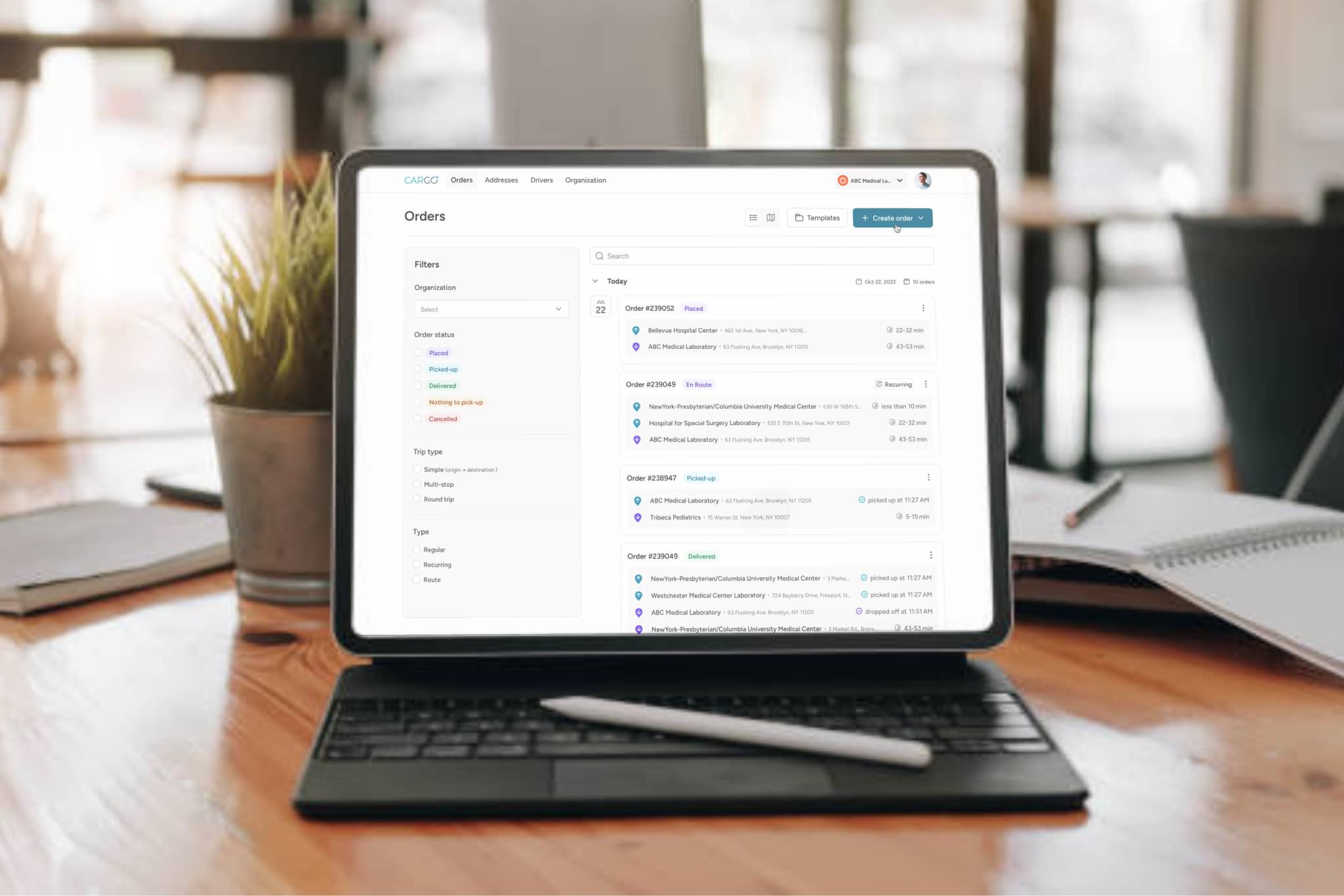
1. Continuous Visibility Across High-Stakes Delivery Chains
Traditional logistics workflows are prone to data silos and manual status checks. Real-time tracking systems replace these inefficiencies with live GPS-based updates, route progress dashboards, and dynamic status notifications. Healthcare administrators and clinicians can see where a courier is located at any given moment, including estimated time of arrival (ETA) and delivery status.
This is particularly critical for STAT deliveries, where delays can compromise clinical outcomes, and for time- and temperature-sensitive items such as blood, specimens, or immunotherapy drugs.
Key Functions:
- GPS-based real-time location tracking
- Dynamic ETA recalculations based on traffic or detours
- Status milestones (e.g., picked up, in transit, delivered)
2. Improved SLA Compliance and Exception Management
Medical courier services often operate under strict service-level agreements (SLAs), which define performance benchmarks for pickup and delivery times, documentation, and accountability. Real-time tracking enables logistics teams to monitor SLA adherence in real time and intervene when exceptions occur.
When a delay, reroute, or vehicle breakdown is detected, notifications can be pushed to healthcare providers, allowing for rapid contingency planning. This proactive exception management mitigates disruptions in clinical workflows and reduces the risk of missed diagnostic or treatment windows.
Operational Benefits:
- Real-time SLA monitoring
- Automated alerts for delivery exceptions
- Root cause analysis based on historical tracking data
3. Integration with Healthcare Courier Software Platforms
Real-time tracking is not a standalone feature—it functions most effectively when integrated within full-service healthcare courier software. This integration enables seamless data flow between dispatch systems, EHRs, LIS platforms, and inventory management tools.
Tracking data can trigger automated documentation (e.g., digital proof of delivery, timestamped logs), reduce manual entry, and improve audit readiness. It also supports chain-of-custody compliance by maintaining a verifiable record of every step in the delivery process.
Key Technology Components:
- API integration with EHR and LIS systems
- Secure data exchange with audit trails
- Chain-of-custody continuity from origin to endpoint
4. Enhancing Transparency for Healthcare Stakeholders
From hospital administrators to laboratory managers, transparency in delivery operations is increasingly a non-negotiable requirement. Real-time tracking ensures that all relevant stakeholders have access to live updates, without relying on repeated phone calls or fragmented communication.
This transparency builds trust across departments and reduces friction between clinical, logistics, and administrative teams. Patients, too, benefit from this visibility—especially when awaiting home-based deliveries such as specialty medications or rental equipment.
Stakeholder Visibility Includes:
- Web portals or mobile access for live tracking
- Delivery milestone alerts for internal teams
- Enhanced patient communication for home delivery
5. Post-Delivery Analytics and Continuous Improvement
Real-time tracking data provides a foundation for post-delivery analytics, allowing healthcare logistics managers to analyze delivery trends, identify delays, and benchmark courier performance. These insights can be used to refine route planning, reassign resources, and enhance overall system efficiency.
The ability to compare planned versus actual delivery times at scale also supports compliance audits and KPI reporting, particularly in value-based care models where timely intervention is a metric of performance.
Analytics Applications:
- Delivery time variance reporting
- Route efficiency optimization
- SLA trend analysis over time
Final Thoughts
Real-time tracking is not merely a feature of modern healthcare courier systems—it is a critical infrastructure layer that supports compliance, operational transparency, and clinical coordination. As healthcare systems become more decentralized and logistics demands grow in complexity, the value of live tracking data will only continue to increase. Healthcare providers seeking reliable delivery partnerships should ensure that real-time visibility is a core component of their logistics framework.
